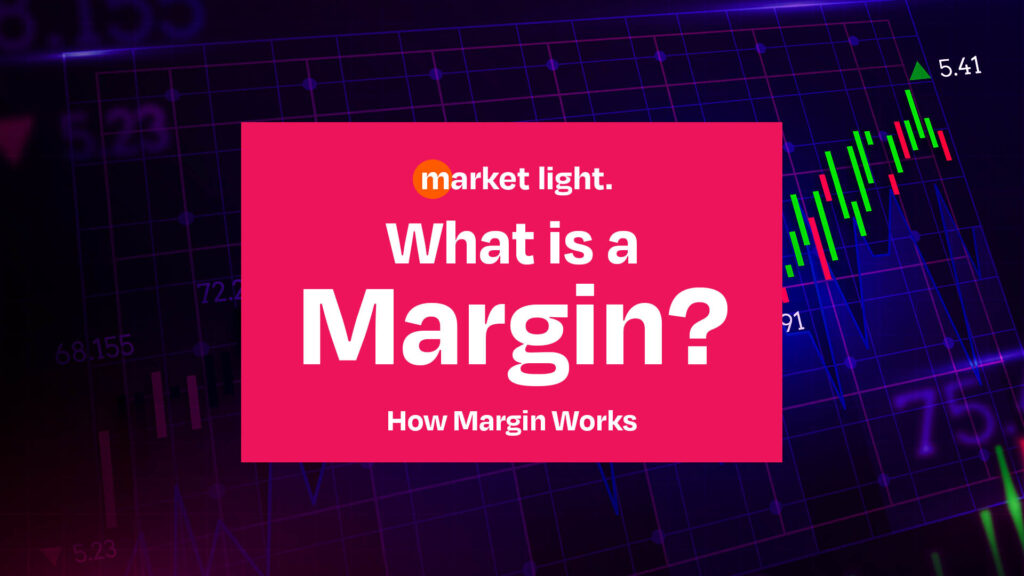When you hear the term “margin” in the context of finance and trading, it refers to the difference between the cost of an investment and the amount you need to put up to secure it. Understanding margin is crucial for anyone involved in trading or investing because it can impact your potential gains and losses.
What is Margin?
Margin is essentially the amount of money you borrow from a broker to trade a larger amount than you could with just your own funds. It acts as a good faith deposit that ensures you can cover potential losses. This concept is commonly used in stock trading, forex trading, and futures contracts.
How Margin Works
Imagine you’re interested in buying 100 shares of a stock priced at ₹50 each. That would normally cost you ₹5,000 (100 shares × ₹50 per share). However, with margin trading, you don’t need to provide the full ₹5,000 yourself.
Example:
- Without Margin: If you buy 100 shares at ₹50 each, you need ₹5,000.
- With Margin: Suppose your broker requires a 50% margin. This means you only need to put up ₹2,500 (50% of ₹5,000), and the broker will lend you the remaining ₹2,500.
Margin Requirement
The percentage of the total trade value that you must deposit is called the margin requirement. This percentage can vary depending on the broker, the type of asset, and market conditions.
For example, if the margin requirement is 50%, and you want to buy ₹10,000 worth of shares, you would need to deposit ₹5,000 of your own money, and the broker would cover the other ₹5,000.
Leverage and Margin
Margin allows you to use leverage, which means you can control a larger position with a smaller amount of money. In the above example, with just ₹2,500, you control ₹5,000 worth of stock. This can amplify both your profits and your losses.
Risks of Using Margin
While margin can increase potential gains, it also increases risk. If the value of the asset decreases, you could face significant losses. For instance, if the stock price falls from ₹50 to ₹40, your investment is now worth ₹4,000. If you initially put up ₹2,500 and borrowed ₹2,500, you now owe the broker ₹2,500, but your investment is only worth ₹4,000. You would lose ₹1,000.
Margin Call
If the value of your investment drops below a certain level, your broker may issue a margin call, requiring you to deposit more money into your account to maintain your position. If you don’t meet the margin call, the broker might sell some of your assets to cover the loss.
Conclusion
Margin trading is a powerful tool that can enhance your trading capabilities, but it also involves significant risks. Understanding how margin works and the potential impact on your investments is crucial before diving into margin trading. Always ensure you have a clear strategy and risk management plan in place when using margin.

